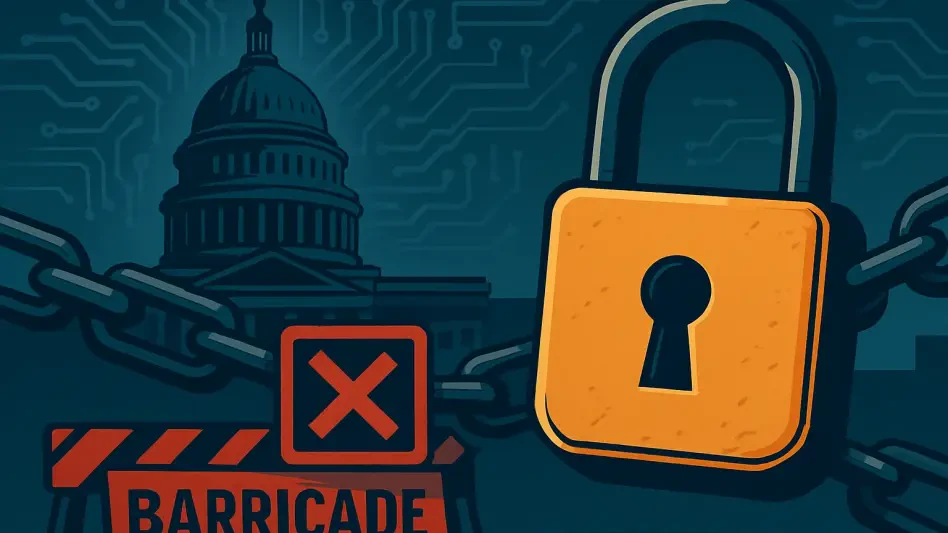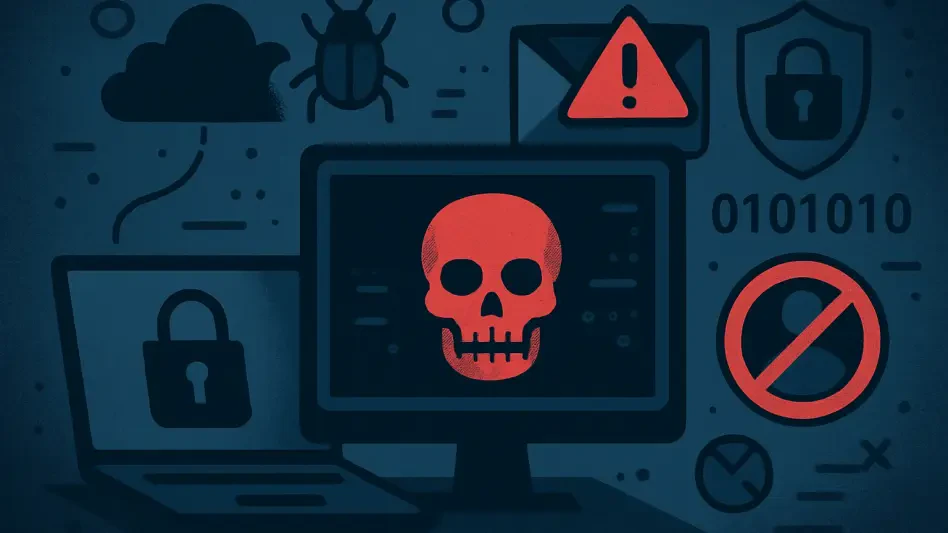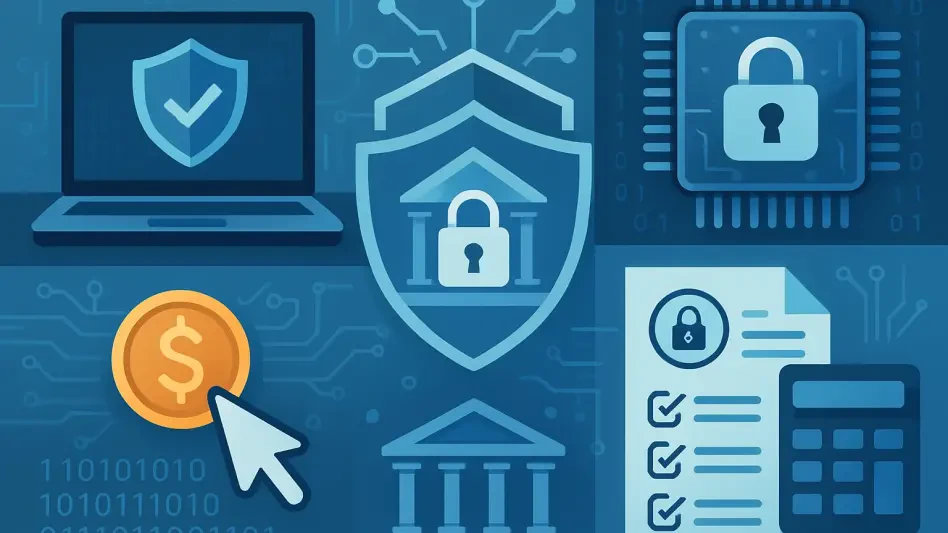The rapidly evolving landscape of cybersecurity legislation presents both challenges and opportunities for enterprises. As new regulations emerge, enterprises must swiftly adapt to protect themselves from escalating cyber threats. However, this isn’t a journey any organization takes lightly. At the forefront of this battle are Chief Information Security Officers (CISOs), who are tasked with preventing cyberattacks, ensuring compliance, and managing the fallout when breaches occur. The importance of fostering a robust security culture within organizations cannot be overstated. Such a culture not only aids in compliance but also fortifies the overall security posture to withstand increasingly sophisticated cyber threats.
The Role of CISOs in a Changing Landscape
Increasing Influence and Support
CISOs are slowly gaining more influence and support within boardrooms, but the past year has been particularly strenuous. The rise in artificial intelligence (AI) tools within software development has spurred significant legislative activity, creating a complex environment for enterprises to navigate. The velocity at which AI and other technologies evolve often outpaces the legislative process, leaving companies in a perpetual state of catch-up. Enterprises are struggling to interpret and adhere to these rapidly changing regulations amid an ever-growing array of cyber threats. This reality places immense pressure on CISOs, who must not only manage these external pressures but also advocate for the necessary internal resources and support to implement effective security measures.
The Cybersecurity Skills Shortage
One of the major themes stressed in the discussion is the well-documented cybersecurity skills shortage. Open roles for Application Security (AppSec) professionals are projected to surpass 3.5 million by 2025, creating a significant burden for CISOs trying to manage an expanding attack surface. This shortage is driven by an increased demand for digital solutions, rapid technological advancements, and a proliferating threat landscape. The gap in skilled personnel means that CISOs must juggle the intricacies of evolving legislative requirements, everyday security operations, and the strategic task of cultivating a cybersecurity-aware workforce. The industry cannot afford to ignore this challenge. Proactive measures, such as investing in education and training programs, must be taken to develop the next generation of cybersecurity professionals.
Evolving Cybersecurity Frameworks and Guidelines
Key Developments in Cybersecurity Standards
The cybersecurity landscape is marked by several key developments in frameworks and guidelines. One prominent example is CISA’s Secure-by-Design guidelines for software vendors, which emphasize the importance of integrating security practices early in the software development lifecycle. Updates from NIST and PCI standards further compound the regulatory matrix that enterprises must navigate. Additionally, the EU-wide NIS2 Directive introduces stringent requirements for network and information systems security across the European Union. These evolving standards are having a global impact, necessitating a closer alignment of enterprises to comply with these frameworks. The legislative landscape is not static, and as more guidelines emerge, the onus is on CISOs to adapt and ensure their organizations remain compliant while effectively countering cyber threats.
Role-Based Upskilling
With these evolving standards, smart CISOs are maximizing their teams’ potential by promoting role-based upskilling, especially focusing on development teams to alleviate pressure on AppSec teams and enhance security expertise. This strategy helps create a more resilient security posture by distributing security responsibilities across various roles. Role-based training provides team members with the specific knowledge and tools they need to address vulnerabilities within their domains effectively. For instance, developers trained in secure coding practices can identify and remediate security issues during the coding phase, reducing the burden on AppSec teams. This approach not only enhances overall cybersecurity but also fosters a culture where every team member is actively invested in maintaining the organization’s security.
Fostering a Positive Security Culture
Importance of a Security-First Mindset
A significant takeaway from ongoing discussions is the importance of fostering a positive and proactive security culture within organizations. Achieving and maintaining a security-focused mindset is framed as a more straightforward path to general regulatory compliance. Rolling out compliance measures is inherently complex and multi-faceted, given the plethora of regulations like PCI-DSS 4.0 in the finance sector and general guidelines such as the NIST Cybersecurity Framework (CSF) 2.0 and the EU’s NIS2 Directive. This complex task requires a coordinated effort that transcends AppSec and encompasses development, IT teams, and executive oversight. Building such a culture helps ensure that security considerations are integral to every operation.
Coordinated Effort Across Teams
This coordinated effort is paramount. Without it, initiatives can become fragmented and less effective. For an organization to truly thrive under multiple regulatory requirements, a unified security-first mindset is crucial across all teams. When AppSec specialists, development, and IT teams work in concert with executive oversight, they contribute collectively to more secure software and digital assets. Security must be an intrinsic part of the organizational ethos, from the top down and across all departments. Initiatives that foster collaboration between these various teams are essential. Regular training, shared accountability, and open channels for reporting and addressing security concerns help build a cohesive defense mechanism.
Aligning Goals Between AppSec and Development Teams
Challenges in Goal Alignment
A recurring challenge discussed is the difficulty in aligning goals between AppSec teams and their development counterparts. In larger organizations, developers often prioritize rapid feature development over thorough security considerations. This prioritization isn’t entirely their fault; it emanates from a business-driven push for speed and innovation which sometimes sidelines security protocols. This dichotomy results in tension between objectives of rapid development and the necessity of incorporating robust security measures. Changing this dichotomy requires a strategic shift toward synchronized objectives. Bridging this gap involves fostering a deeper understanding among developers about the long-term benefits of integrating security into their workflows, which results in the delivery of safer, more reliable products.
Nurturing and Upskilling Developers
To address the alignment issue, organizations must focus on nurturing, appropriately upskilling, and providing developers with the necessary tools to drive down vulnerabilities. Role-based training emerges as a crucial element in this endeavor. For instance, the NIST CSF 2.0 underscores the importance of personnel receiving cybersecurity awareness and training to execute their tasks with security risks in mind. Integrating this training within the development process fosters a proactive attitude toward security among developers. Instead of viewing security as an external imposition, developers begin to see it as a fundamental aspect of their roles. This shift not only enhances product security but also contributes to a cohesive, security-centered development culture.
Measuring the Effectiveness of Security Programs
Importance of Effective Measurements
The effectiveness of security programs, particularly those focusing on the people aspect of security, needs precise measurements. Benchmarking these programs against goals, guidelines, and regulatory requirements is vital for assessing their impact. Measurement metrics provide essential insights into the health of an organization’s security posture. Security leaders can pinpoint weak spots, track improvements over time, and make informed decisions about where to allocate resources. Without this critical assessment, efforts to strengthen security may falter, resources could be misallocated, and potential vulnerabilities might remain unnoticed. Hence, continuously refining how effectiveness is measured helps steer security initiatives in the right direction.
Key Metrics for Evaluation
Effective measurements should encompass a range of metrics, including pre-production vulnerabilities, mean time to remediate, and developer trust scores. Pre-production vulnerabilities give a snapshot of the security flaws detected before the software reaches the production stage. Tracking the mean time to remediate indicates how swiftly and effectively a team can resolve identified security issues. Developer trust scores reflect the confidence developers have in the security tools and processes implemented within the organization. Together, these metrics offer a holistic view of the security program’s success. They facilitate understanding the quality of code, the speed and effectiveness of vulnerability remediation, and the overall trust in the security initiatives being pursued.
Investing in Upskilling Solutions
Customization and Real-World Scenarios
Finally, the importance of investing in upskilling solutions that allow for precise measurement and customization reflective of real-world scenarios encountered by developers is underscored. Tailored training programs, designed to mirror true-to-life challenges, are essential in preparing developers for actual security threats they might face. These solutions are necessary for adhering to Secure-by-Design guidelines, PCI requirements, and other official recommendations. By simulating real-world scenarios, these upskilling solutions hone the skills of developers in practical, applicable ways, ensuring that they are not only meeting regulatory requirements but also truly enhancing their ability to secure the development process.
Beyond Mere Compliance
The constantly changing landscape of cybersecurity legislation brings both challenges and opportunities for businesses. As new regulations emerge, organizations must quickly adapt to safeguard themselves against rising cyber threats. This journey is anything but simple for any company. Leading this critical effort are Chief Information Security Officers (CISOs), who are responsible for preventing cyberattacks, ensuring regulatory compliance, and managing the consequences when breaches inevitably occur. The significance of cultivating a strong security culture within organizations cannot be overstated. A robust security culture not only facilitates compliance with regulations but also strengthens the overall security posture to endure increasingly complex and sophisticated cyber threats. Enterprises must prioritize ongoing employee education, regular security assessments, and implementing best practices in cybersecurity to foster such a culture. It is an ongoing effort that demands vigilance, forward-thinking, and a proactive stance to keep up with the ever-evolving cyber landscape.







